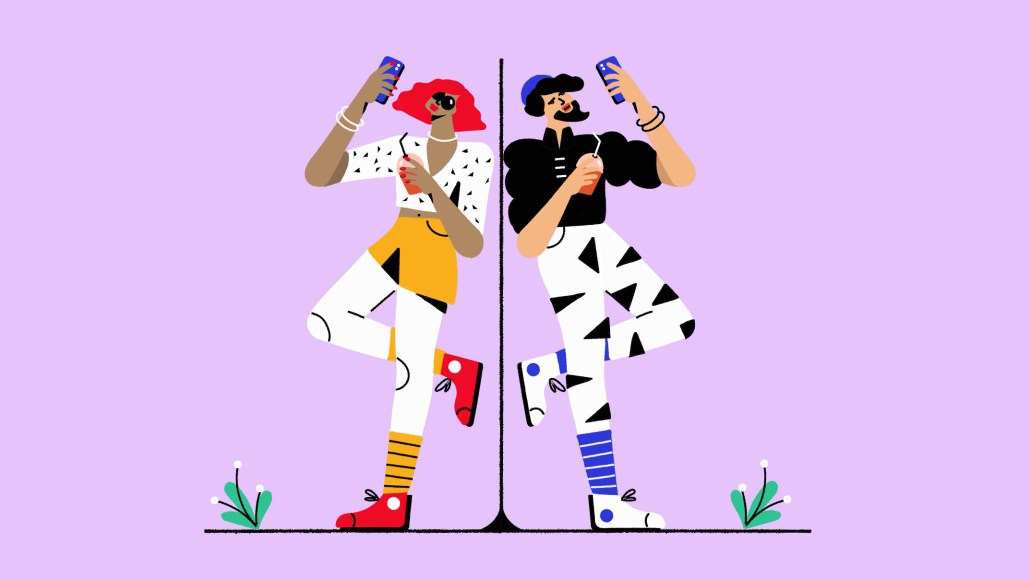Connect with execs from The New York Times, TIME, Dotdash Meredith and many more
‘Word of mouth is the most powerful form of marketing’: How an athletic shoe brand is trying to foster community among its customers

No Bull, a training footwear and apparel brand for athletes, wants its customers to feel like they’re part of a community rather than simply purchasing products from a brand. That way it’s more likely that they’ll become “evangelists” for the brand, according to CMO Todd Meleney.
“Word of mouth is the most powerful form of marketing,” said Meleney, adding that customers are more likely to trust a recommendation from a friend rather than an ad. “[We want to be] a brand that if two people in the airport are wearing our product they’ll stop each other.”
The direct-to-consumer brand fosters that sense of community for its top customers via a group, No Bull Connect, which has roughly 2,500 members who chat via weekly Zooms. The brand has also used a product drop model — new products launched at midnight with limited quantities so that customers would have to shop when it dropped otherwise they’d miss out — that grew a “cult following,” per Meleney. The company’s 50-person in-house marketing team aims to constantly push a community feel via advertising and marketing, per Meleney.
The focus on community extends to the brand’s approach to influencer marketing. No Bull has about a dozen athletes including Olympian Caeleb Dressel, football player Mac Jones and CrossFit athlete Brooke Wells on salary. Instead of seeking out hundreds of influencers to simply post product shots, the brand curates these relationships to work with “a high-powered athlete group with high influence” who “love the brand and want to be a part of it.”
Working with those athletes helps generate content that is then supported by the brand’s channels and media. It’s unclear how much the brand spends on the ambassador program as No Bull did not share exact figures but said that “less than 10%” of its media budget was dedicated to athlete contracts. That said, No Bull does use “additional budget to support them and build their brands through other channels,” said Meleney.
Aside from the athlete program, No Bull currently spends its ad dollars on social, search, radio, programmatic display. It’s unclear how the brand divides its media budget as Meleney would not specify.
Taking a community-focused approach to influencer marketing makes sense to Nik Sharma, DTC investor and advisor and founder of Sharma Brands. “In 2013, when Dirty Lemon was pushing products through Instagram it was all about getting influencers to post and tag you,” said Sharma. “You’d get followers out of it. You’d get a ton of social clout. You could drive sales. Today, when an influencer posts the comments are always, ‘You get that bag’ for the fact that they’re getting a check versus the alignment with the brand.”
No Bull’s retainer strategy is a better approach because it allows the brand to develop a long-term partnership with the athletes who can weigh in on what’s coming down the pipeline and collaborate on product drops, noted Sharma. At the same time it “creates an authentic relationship” for customers and allows the athlete and brand to “grow together.”
More in Marketing

Google’s YouTube overtures gain traction among marketers refocusing on brand investments
YouTube is benefitting from prevailing winds propelling marketers toward brand spending.

CMOs might be pushing ahead on AI, but lack of measurement’s holding them back
CMOs embrace AI, but lack clear ROI metrics to justify full investment. Until then, measurement remains the missing link.

AI is reshaping Omnicom’s workflow. Its revenue model may be next
Omnicom leans into AI, navigating the costs and trade-offs of automation.








